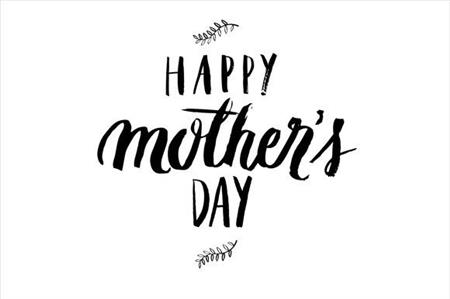History of Mothers Day
Posted by Ernest Hauser
on May 08, 2016
History of Mother's Day
Mother's Day in the United States was first proclaimed in 1870 in Boston by
Julia Ward Howe, and Howe called for it to be observed each year nationally
in 1872. As originally envisioned, Howe's "Mother's Day" was a call for
Pacifism and disarmament by women. Early "Mother's Day" was mostly marked by
women's peace groups. A common early activity was the meeting of groups of
mothers whose sons had fought or died on opposite sides of the American
Civil War.
In 1907 Mother's Day was first celebrated in a small private way by Anna
Jarvis in Grafton, West Virginia, to commemorate the anniversary of her
mother's death two years earlier on May 9, 1905. Jarvis's mother, also named
Anna Jarvis, had been active in Mother's Day campaigns for peace and
worker's safety and health. The younger Jarvis launched a quest to get wider
recognition of Mother's Day. The celebration organized by Jarvis on May 10,
1908 involved 407 children with their mothers at the Andrew's Methodist
Church in Grafton. The following campaign to recognize Mother's Day was
financed by clothing merchant John Wanamaker. As the custom of Mother's Day
spread, the emphasis shifted from the pacificism and reform movements to a
general appreciation of mothers.
The first official recognition of the holiday was by West Virginia in 1910.
A proclamation designating the second Sunday in May as Mother's Day was
signed by U.S. president Woodrow Wilson on May 14, 1914.
Mother's Day in the United States was first proclaimed in 1870 in Boston by
Julia Ward Howe, and Howe called for it to be observed each year nationally
in 1872. As originally envisioned, Howe's "Mother's Day" was a call for
Pacifism and disarmament by women. Early "Mother's Day" was mostly marked by
women's peace groups. A common early activity was the meeting of groups of
mothers whose sons had fought or died on opposite sides of the American
Civil War.
In 1907 Mother's Day was first celebrated in a small private way by Anna
Jarvis in Grafton, West Virginia, to commemorate the anniversary of her
mother's death two years earlier on May 9, 1905. Jarvis's mother, also named
Anna Jarvis, had been active in Mother's Day campaigns for peace and
worker's safety and health. The younger Jarvis launched a quest to get wider
recognition of Mother's Day. The celebration organized by Jarvis on May 10,
1908 involved 407 children with their mothers at the Andrew's Methodist
Church in Grafton. The following campaign to recognize Mother's Day was
financed by clothing merchant John Wanamaker. As the custom of Mother's Day
spread, the emphasis shifted from the pacificism and reform movements to a
general appreciation of mothers.
The first official recognition of the holiday was by West Virginia in 1910.
A proclamation designating the second Sunday in May as Mother's Day was
signed by U.S. president Woodrow Wilson on May 14, 1914.


